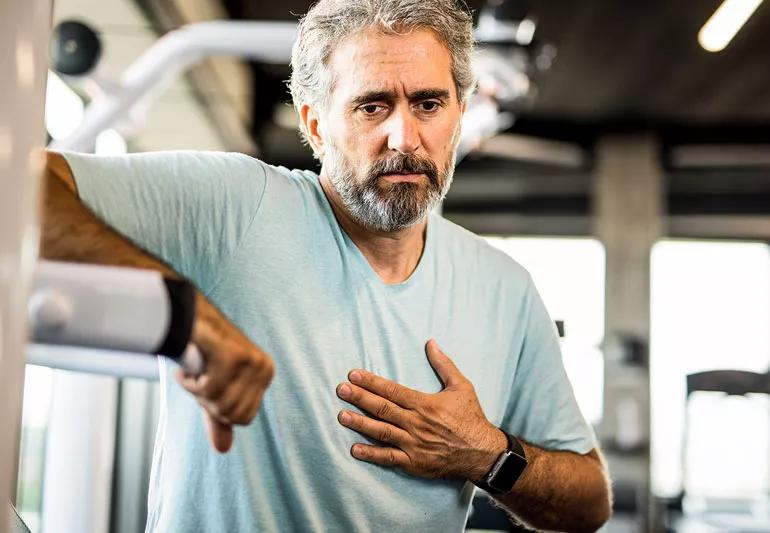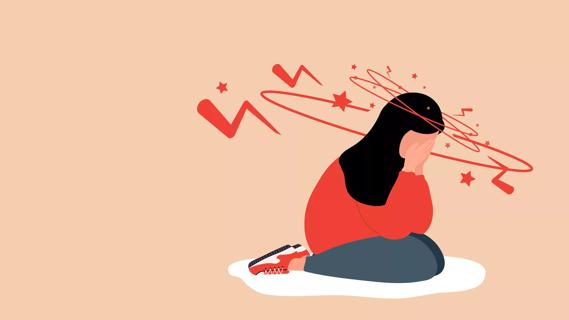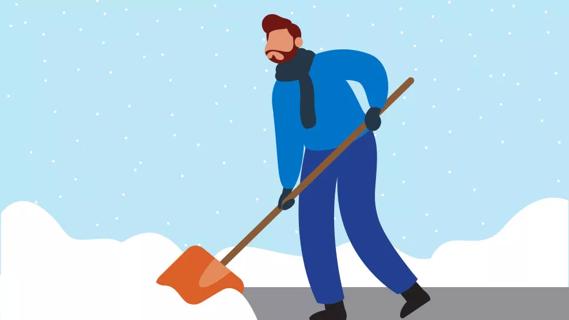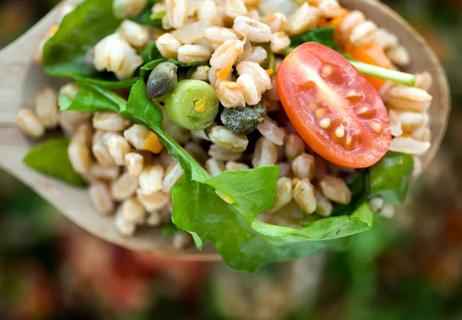Seven doctor-approved ways to ease the pain

You finally said goodbye to bronchitis and its earth-shaking cough. But now, you’re left with rib muscle pain that taunts you with every breath. Or, maybe you were a little too enthusiastic about that new exercise program, and the muscles between your ribs won’t stop screaming in protest. What’s going on? You could be dealing with an intercostal muscle strain.
Advertisement
Cleveland Clinic is a non-profit academic medical center. Advertising on our site helps support our mission. We do not endorse non-Cleveland Clinic products or services. Policy
“Intercostal muscle strain can be scary if you don’t know its cause, and it feels quite intense,” says internal medicine specialist Janet Morgan, MD.
So, what are intercostal muscles — and how do you strain them? Keep reading to learn more about this common condition and what you can do to alleviate the pain.
Your intercostal muscles are the muscles between your ribs. They allow your ribcage to expand and contract so you can breathe. But if they stretch too far or tear, intercostal muscle strain is the end result.
You can strain the intercostal muscles suddenly or by doing certain movements over and over.
Common causes include:
“Breathing can be painful, especially deep breaths,” says Dr. Morgan. “But what muddies the picture is that sometimes, painful breathing can be a sign of something serious, such as pneumonia or a blood clot in the lung. So we often end up doing X-rays to make sure there isn’t something else going on.”
Intercostal muscle strain is one of the most common causes of musculoskeletal chest pain. But age or a sedentary lifestyle can place you at higher risk. “Someone who’s older with thinner muscles could strain rib muscles a lot easier than someone who works out and has built up their muscles,” notes Dr. Morgan.
Advertisement
Because intercostal muscle strain and pneumonia both cause chest pain, it can be hard to know the difference. But there are some telltale signs:
Dr. Morgan notes that intercostal muscle strain is more tender and painful when you touch the affected area. “Pain when you twist or bend over can also be a sign,” she notes. “But these symptoms aren’t a 100% guarantee that it’s an intercostal muscle strain, so still keep pneumonia in the back of your mind.”
Other symptoms of an intercostal muscle strain include:
Dr. Morgan urges you to avoid self-diagnosis, especially if the pain is severe. “I’d rather people have their provider make that call than assume they’re OK. We need to hear the whole constellation of symptoms to rule out something more serious, such as rib fracture or even cancer,” she says. “It’s important to check in with your provider via phone or a virtual visit to make sure nothing is missed.”
While you await your appointment, Dr. Morgan recommends these steps to take the edge off:
If home remedies and rest aren’t enough, your doctor may recommend:
Even with your provider’s help, muscle strains of any kind take about four to six weeks to completely heal. But with patience and time, you’ll be pain-free before you know it.
Advertisement
Learn more about our editorial process.
Advertisement

Bleeding is a risk and warrants taking care, but the reward of this lifesaving medication is great

Severe and debilitating headaches can affect the quality of your child’s life

With repeat injections over time, you may be able to slow the development of new wrinkles

Although it can be alarming, it’s normal to experience blood clots during menstruation

Stretch before heading outside, keep proper form and avoid jerking or twisting to throw snow

Type 2 diabetes isn’t inevitable with these dietary changes

Applying a hot or cold compress can help with pain